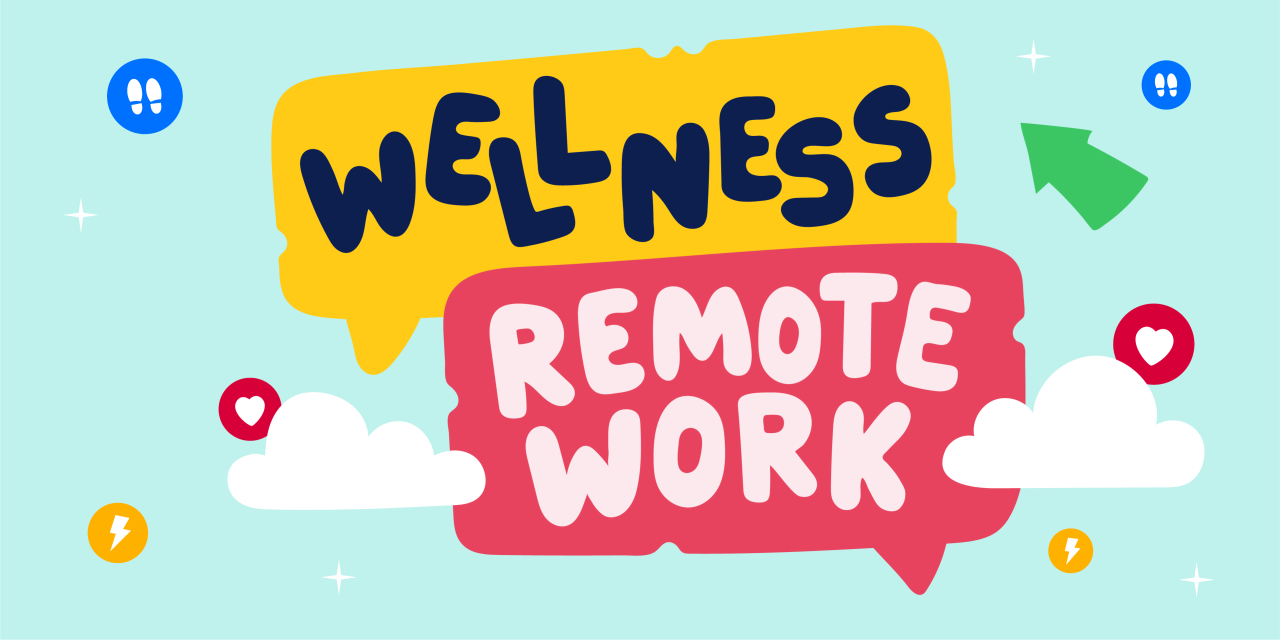
How to Ensure Employee Wellness in Remote Work in 2024
The pandemic outbreak in 2020 brought home to employees the importance of employee wellness. They could see the influence of employee health on business goals. In recent years wellness programs have seen some significant improvements. This is partly a result of the widespread adoption of remote work.
Businesses will need to give employee wellbeing priority in 2024 if they want to retain them. They will need to take a more comprehensive approach to wellness. Remote employees must receive the assistance they need to enhance their well-being.

Image credit: Unsplash
Workplaces are evolving
Remote employers must be able to stay connected and engaged despite the physical distance. Organizations must offer them the necessary support to do this. For example, they need tools and resources to complete tasks without becoming anxious or frustrated. Stress of this kind might lead to health problems and a decline in morale.
Ensuring the proper functionality of computers and other devices is crucial for remote workers. Installing a new MacOS can feel like a fresh start but occasionally users regret this decision. Some of the reasons for this are that it may make a Mac slower and cause some apps to malfunction. For those who want to know how to downgrade MacOS for these reasons, there may be other options before they revert MacOS. Mac users can find advice on these other options and ways of downgrading from Sonoma to Ventura. This will help in running Mac fast and being more productive with it. When it’s about work efficiency, you should not take chances with your laptop.
Taking a comprehensive approach
One of the wellness trends for 2024 is a more comprehensive approach to employee wellness. Wellness doesn’t mean just physical health. It includes mental, physical, emotional, and social health. Following are some tactics employees can integrate into their wellness plans.
- mental health support
- resources to encourage work/life balance
- tools to handle stress
- emotional intelligence training
- socialization strategies
A healthy work/life balance includes managing stress and maintaining healthy relationships with co-workers. Some organizations have experimented with implementing scheduled breaks from screens. They have found that this helps to prevent digital burnout. This occupational wellness example shows that employees need to work on incorporating employee wellbeing ideas like this. For example, they may teach them practices like deep breathing and relaxation techniques to help them deal with stress.
Mentorship and coaching
Employees can grow both personally and professionally through mentoring and coaching. Seasoned employees can help to guide new hires. For example, they can advise them on who they should talk to about their mental health issues. They shouldn’t feel any stigma about discussing such issues. Mental health coaches can also give employees the tools to help them identify and deal with mental health problems.
A broader range of services
Financial stress can affect the well-being of employees. One of the best financial wellness program ideas is to give employees access to financial guidance. When employees have access to tools that help them budget, they can have more peace of mind.
Legal assistance is another worthwhile service to offer to employees. They need to know how to access and use resources like this so this needs to be communicated.

Image credit: Unsplash
Utilizing advances in technology
Another one of the current wellness trends in organizations is the use of technology.
- HR departments are making use of artificial intelligence to improve the wellbeing of remote workers. They can get data insights that help them to customize what they offer different employees. In the future AI-powered health chatbots could help to answer employee questions and guide them towards optimal health.
- Many digital health apps are available to employees. Employers can guide them towards ones that help them track their fitness, plan their diets, and even get a better night's sleep. This can give them motivation and incentive to work on their health goals.
- Wearable technology gives remote workers greater autonomy over tracking and enhancing their wellbeing. They can check many different health metrics, such as their heart rate, in real time. A proactive, preventative approach means early detection and management is possible. Data insights can help them to make more informed lifestyle decisions.
Personalizing health initiatives
Corporate wellness trends include personalizing health initiatives. Priorities for health vary according to factors like age and gender. Some principles are universal but others must address differences. Today’s workplace is diverse and health programs should recognize this.
To provide more flexible health options, organizations can work together with other institutions that offer this. It's also critical that they clearly outline every option available to staff members.
Changing organizational cultures and values
Businesses are already realizing how important employee wellbeing is to accomplishing their business goals. A successful business depends on the wellbeing of employees. Leadership knows how important it is to promote the health and wellness of their workforce. Workers are being urged to put wellness first.
- Providing flexible work schedules and adjustable work hours gives employees the option to manage their time. This lessens the tension brought on by a strict schedule.
- Workers now have greater control and autonomy over how and when to work. When working remotely, trust is crucial. Employers need to trust that remote workers will use their time well and find that crucial work/life balance.
Conclusion
The way organizations think about the wellness of employees is changing. This is creating transformations in the workplace. Organizational values and culture are different today. Employers are becoming more employee-centric and creating a more supportive work environment. Their wellness strategies are becoming more comprehensive. They are working together with employees to ensure their wellness.
